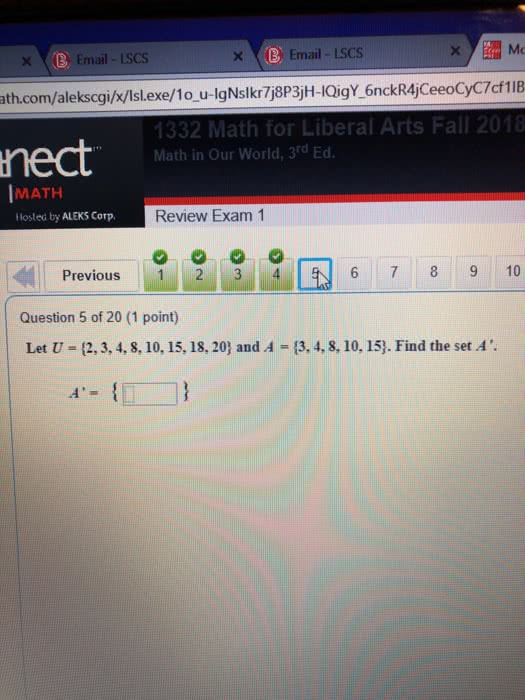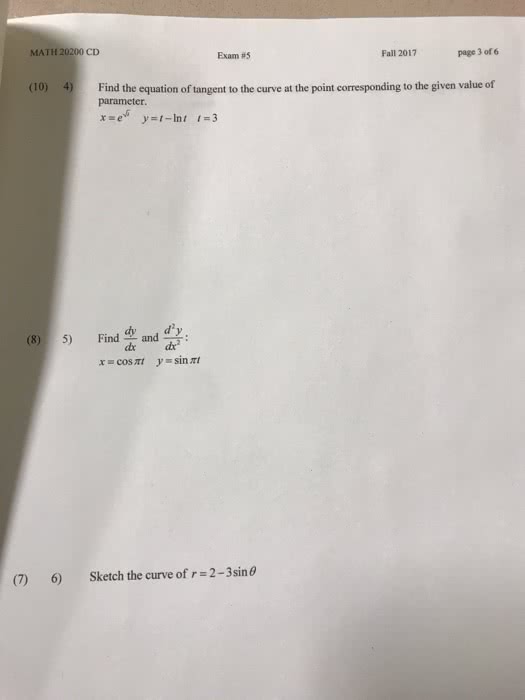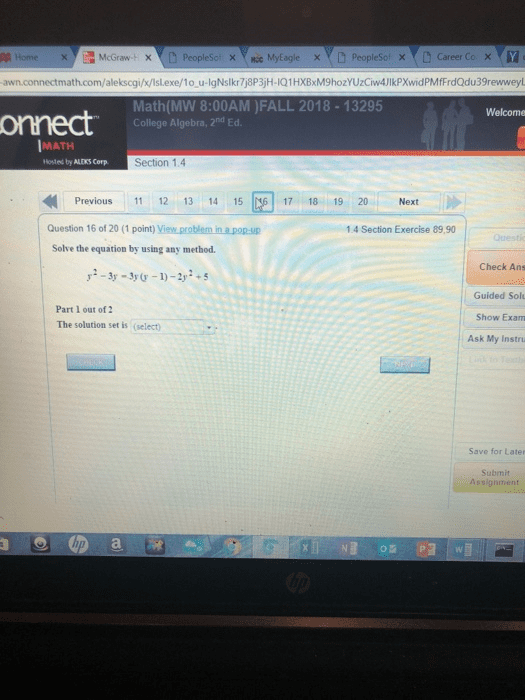MATH 1131Q- Final Exam Guide - Comprehensive Notes for the exam ( 26 pages long!)

140
MATH 1131Q Full Course Notes
Verified Note
140 documents
Document Summary
Find the 3rd approximation to the root of (cid:1876)(cid:2871) (cid:884)(cid:1876) (cid:887)=(cid:882) with (cid:1876)(cid:2869)=(cid:884). (cid:1858)(cid:4666)(cid:1876)(cid:4667)= (cid:1876)(cid:2871) (cid:884)(cid:1876) (cid:887) (cid:1858) (cid:4666)(cid:1876)(cid:4667)= (cid:885)(cid:1876)(cid:2870) (cid:884) (cid:1858) (cid:4666)(cid:1876)(cid:2869)(cid:4667) (cid:884) (cid:1858)(cid:4666)(cid:884)(cid:4667) (cid:1876)(cid:2870)=(cid:1876)(cid:2869) (cid:1858)(cid:4666)(cid:1876)(cid:2869)(cid:4667) (cid:1858) (cid:4666)(cid:884)(cid:4667)=(cid:884). (cid:883) (cid:1876)(cid:2871)=(cid:1876)(cid:2870) (cid:1858)(cid:4666)(cid:1876)(cid:2870)(cid:4667) (cid:1858) (cid:4666)(cid:1876)(cid:2870)(cid:4667) (cid:884). (cid:882)(cid:891)(cid:886)(cid:888) for example: Extreme value theorem: absolute minimum on that interval. 4. 2 mean value theorem*: f must be continuous on the closed interval [a, b, f is differentiable on the open interval (a, b, f(a) = f(b) Mean value theorem the slope of the tangent line = the slope of the secant line. 4. 3 how derivatives affect the slope of a graph critical points (crosses the x-axis) when f (cid:4666)(cid:1876)(cid:4667)= (cid:882) Use the 1st derivative to find the critical points, maximum & minimum points, and then find where the function is increasing and decreasing. Use the 2nd derivative to find the points of inflection, where the function changes in concavity.



